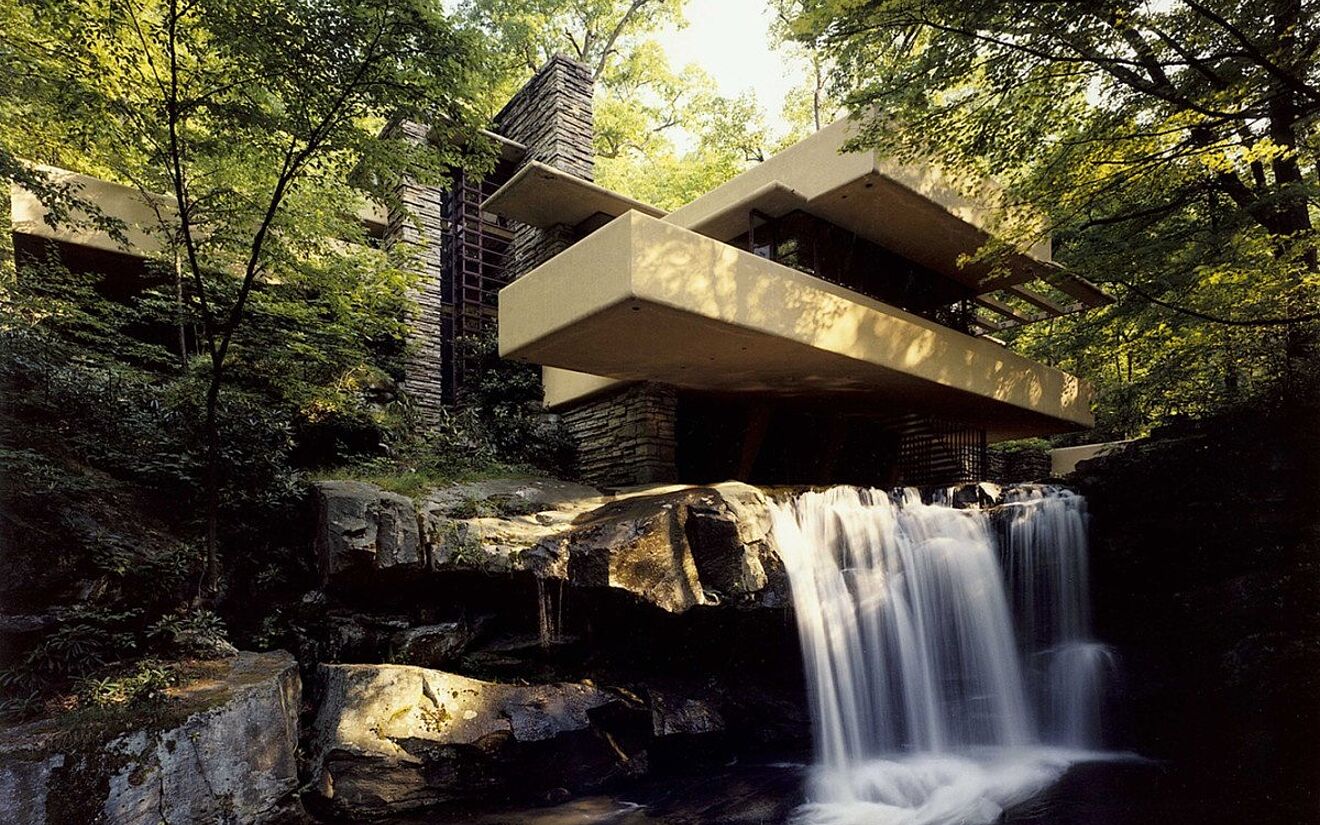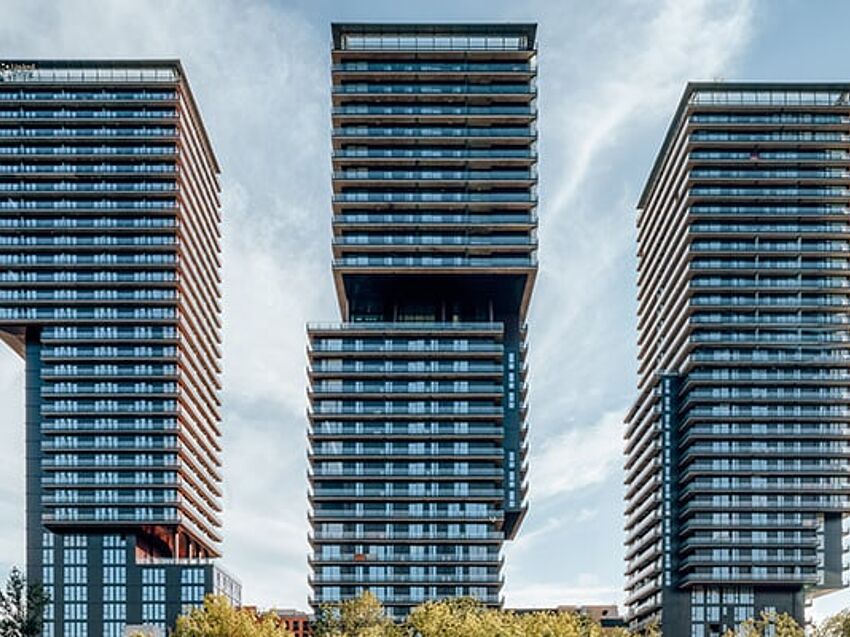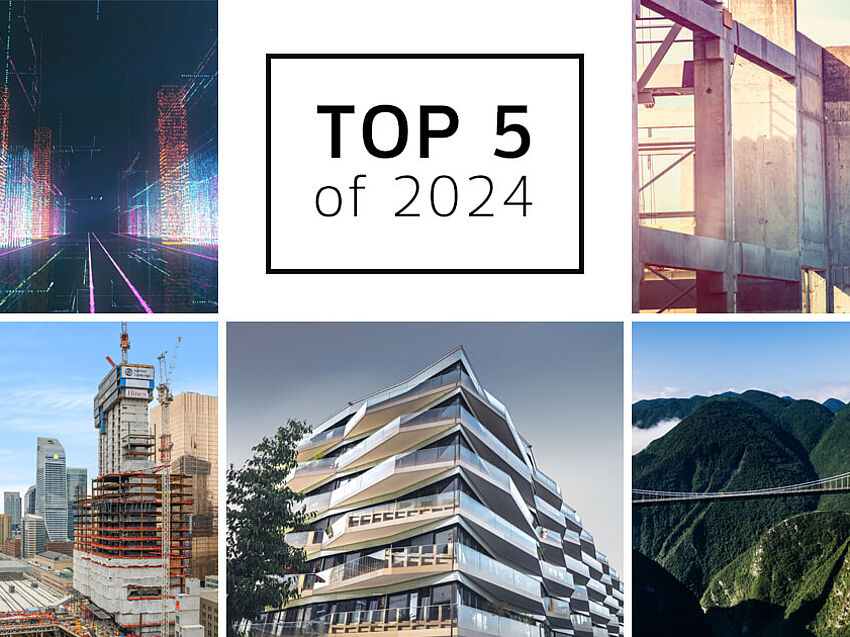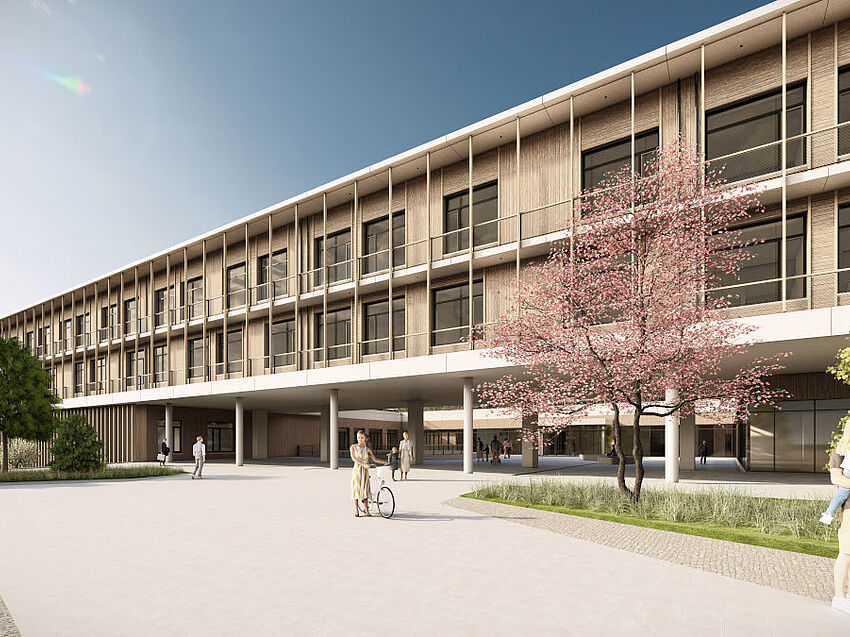Living in nature and with nature - clients dream of this. "Green" architecture offers many way to live in harmony with the environment. However, you have to face various challenges in the process. The harmonious integration of a building into its natural surroundings is one of these challenges. If successful, fascinating residential solutions are created. We show three of them to you in this second part of our article "Living close to nature".
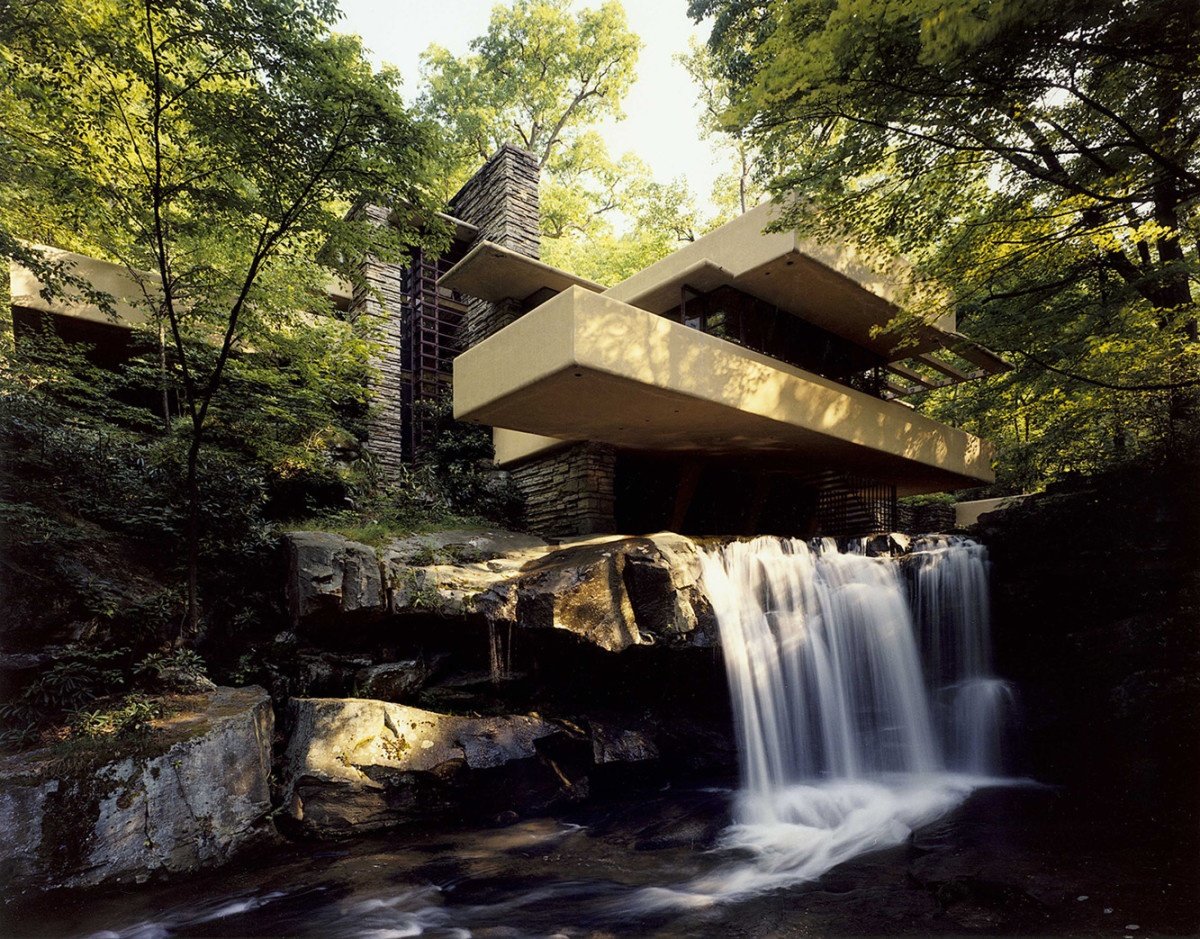
Fallingwater: Living with the Waterfall
Frank Lloyd Wright was more than a creative genius. He was also the first "organic" architect. In 1935, the American built "Fallingwater," the house over the waterfall, for a wealthy businessman from Pittsburgh. What fascinates design enthusiasts from around the world as a museum today, was a visionary and scandalous project back then. We were still a long way from green architecture and "living in nature" was certainly not on the wish list of contemporary clients.
Fallingwater not only fits into the natural surroundings, it is part of them. The rock on which the building is built was almost completely left in its original state. In some places it protrudes out of the floor as a blatant reminder that nature does not necessarily have to give way to man. The sound of the water can be heard throughout the house. A wrap-around balcony allows visitors to feel, hear, smell and experience the waterfall, the gorge and the surrounding forest. Architecture can hardly get more organic.
Earth houses: Housed like in Hobbiton
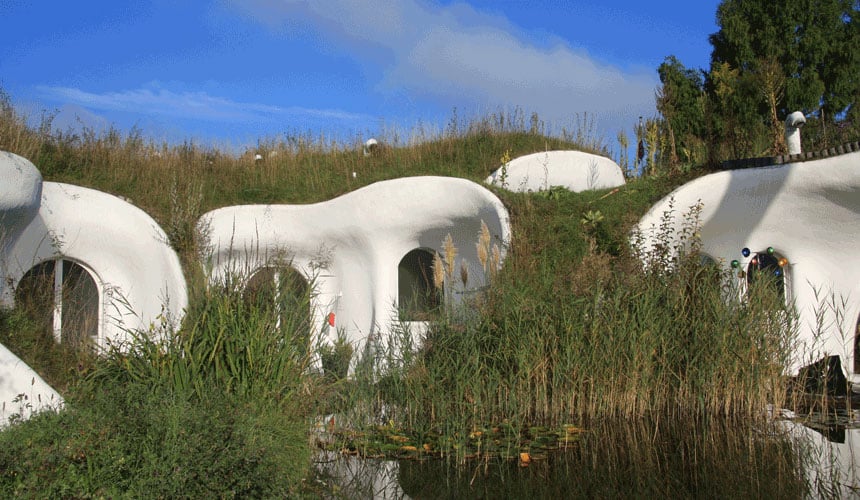
The most sustainable building material is the one that already exists on site. With earth houses, the walls and roof are essentially made of earth. It sticks out of the ground like a dome. The abundantly glazed front lets plenty of light into the interior of the habitable hill. The earth house lives with nature - and nature lets it live. No storm will strip the roof here. In addition, this "green" architecture in the earth utilizes its heat-regulating properties: The temperature from the ground compensates for the summer heat and winter cold.
Thick layers of earth insulate upwards and to the side. Clay plaster regulates the humidity from the inside as well. Earth houses make it possible to restrict the shrinking of natural habitats and problems from building development, such as ground sealing, to a minimum. The solid earth covering of up to 3 meters increases the green areas and improves the air quality. Mound homes are also gardens at the same time. In settlements, they connect to form natural oases. The "Hobbiton" village from the "Lord of the Rings" sends its greetings.
The Spa House: Ambitious architectural project in the Canadian wilderness
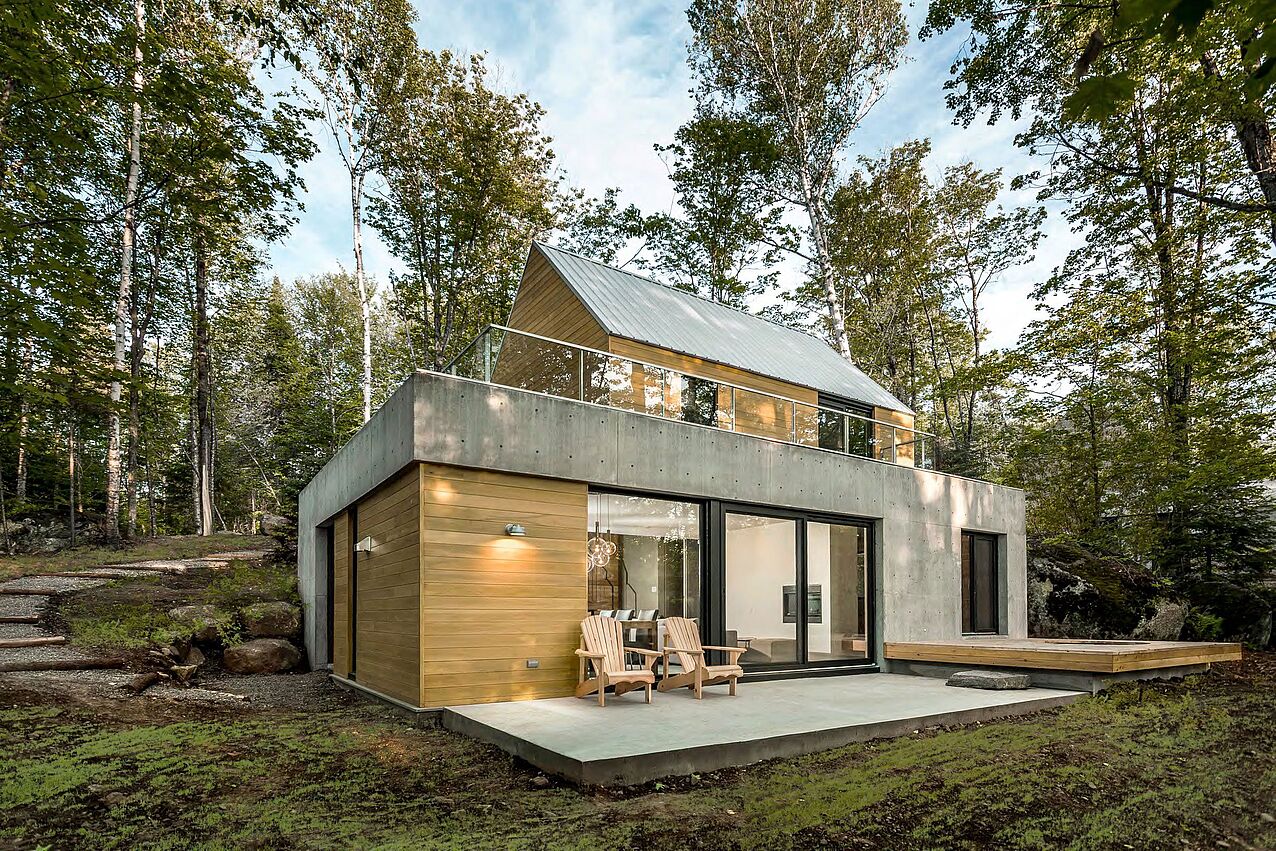
Wood, glass, concrete and an undeveloped building ground in the forest: The "spa house" is done. There are now 21 such minimalistic villas in the middle of the idyllic nature on the shores of Lake Superior north of Montreal. There are to be 31 in total, in two and three-story versions. In the spa house, its architects see the contemporary interpretation of the traditional Canadian log cabin. Terraces on every level ensure that the residents can expand the rooms outward. This also opens up the interior of the house to the natural elements that surround it.
No construction site was prepared. Instead, the spa houses fit into the natural conditions through to the bedrock and the arrangement of vegetation and geological elements. This results in very unique views, which can be enjoyed from the individual units and whose particular appeal is due to their randomness. What was not left to chance: Every building is planned so that it is out of the view of the neighboring house. Every resident can thus enjoy the feeling of living in untouched nature.
Living in perfect harmony with the environment
The harmonious integration of a building into its natural surroundings: This is one of the challenges that "green" architecture faces. This requires more than just idealism. It also demands compromises during building planning and realization. Those who are ready can fulfill the dream of a natural home - under the ground, in the middle of a waterfall, in a tree house or in a bamboo villa.
